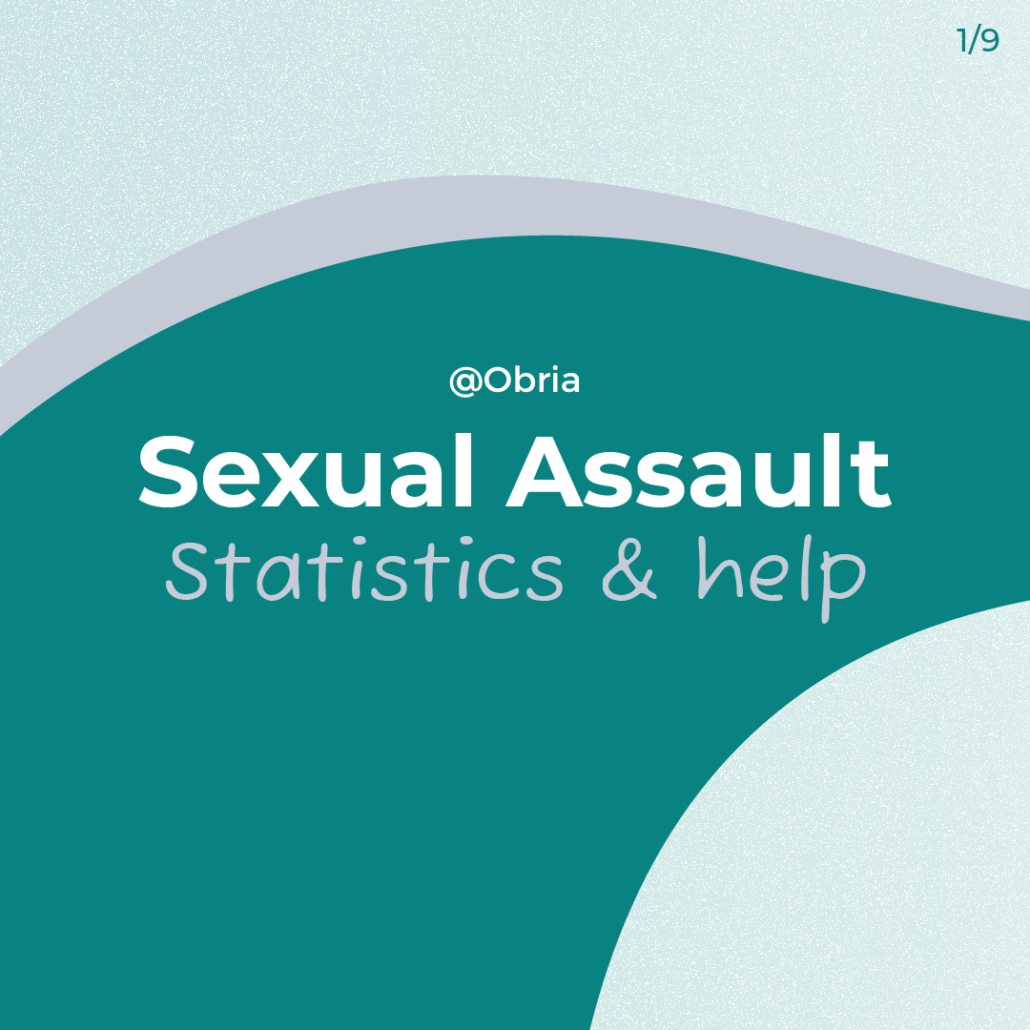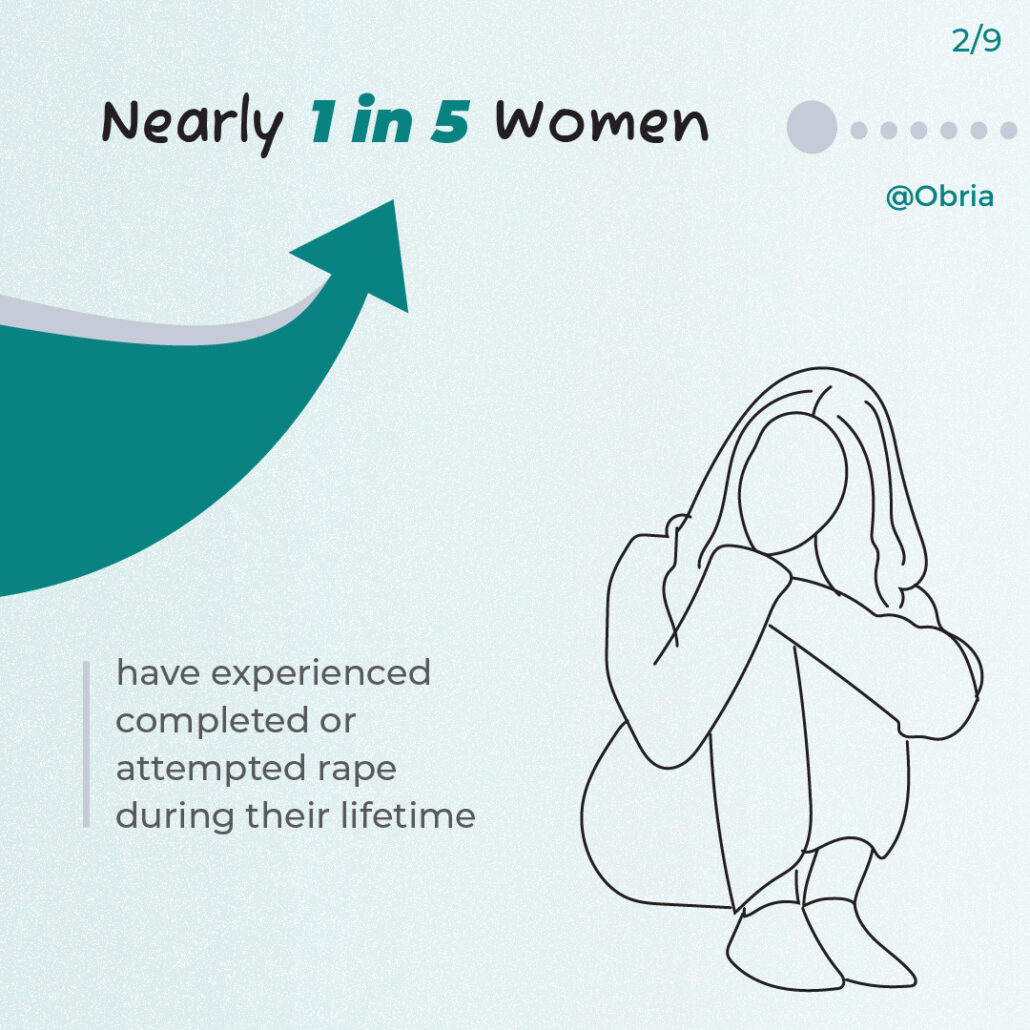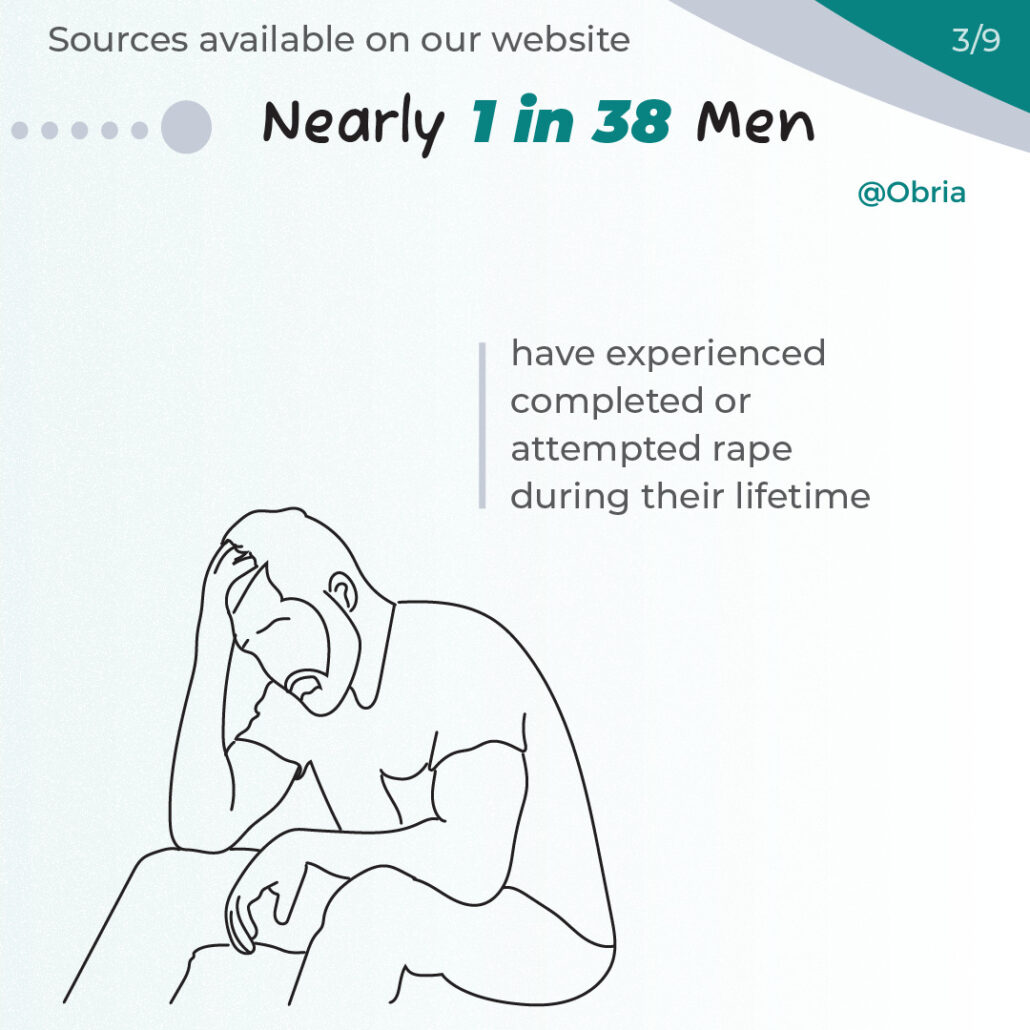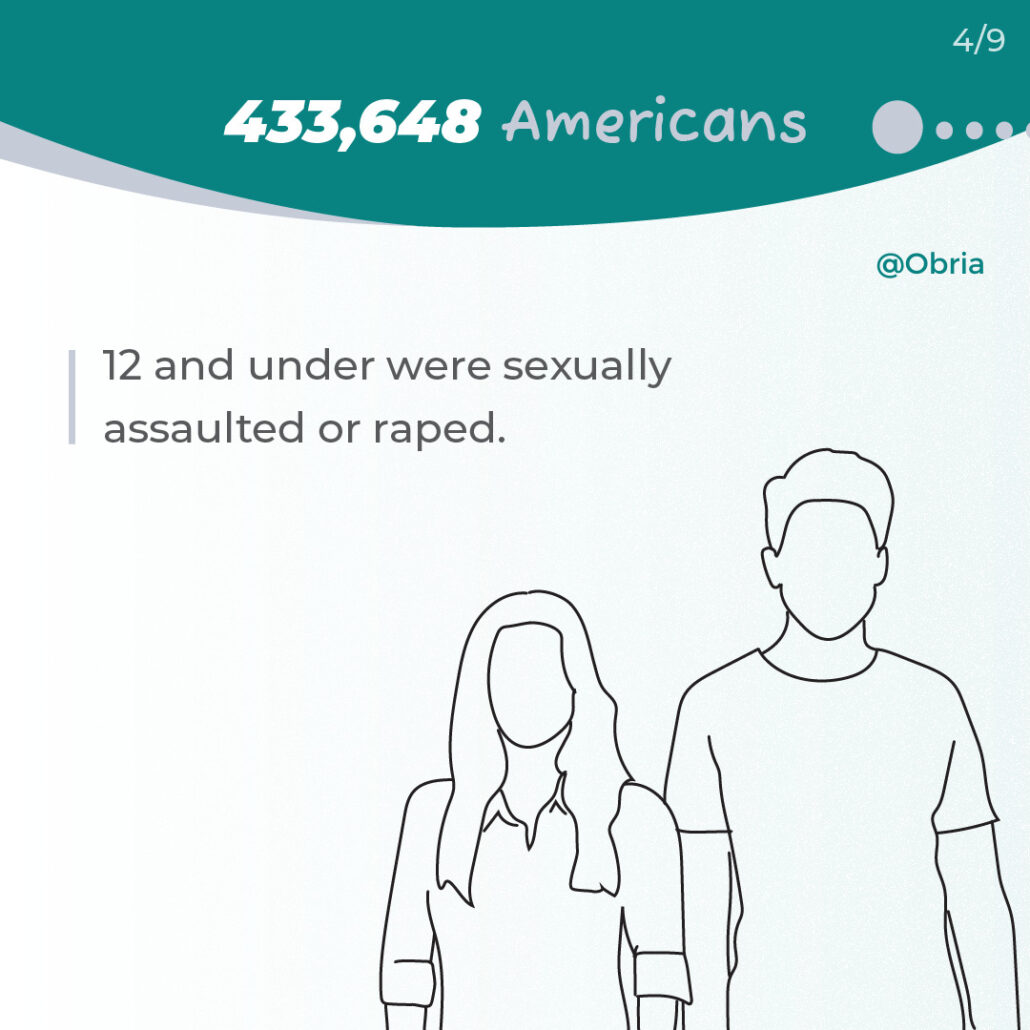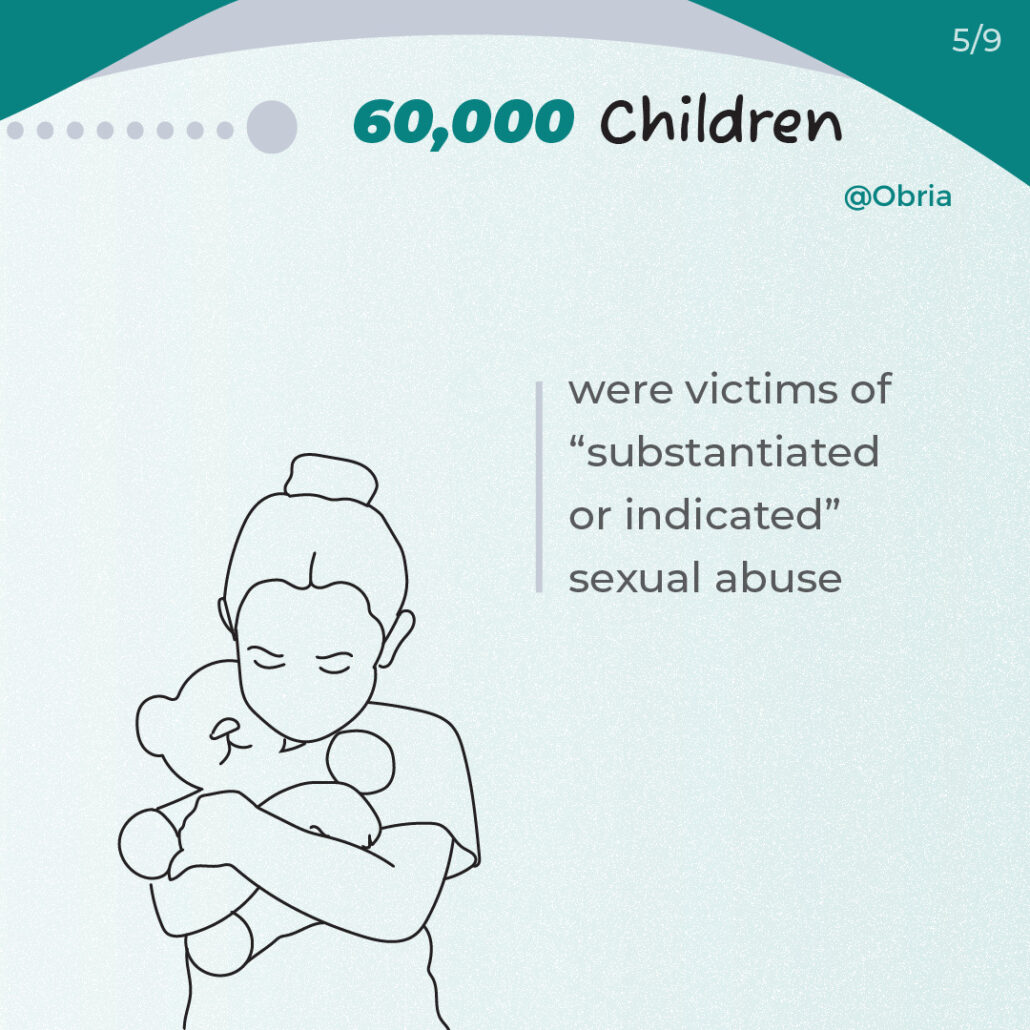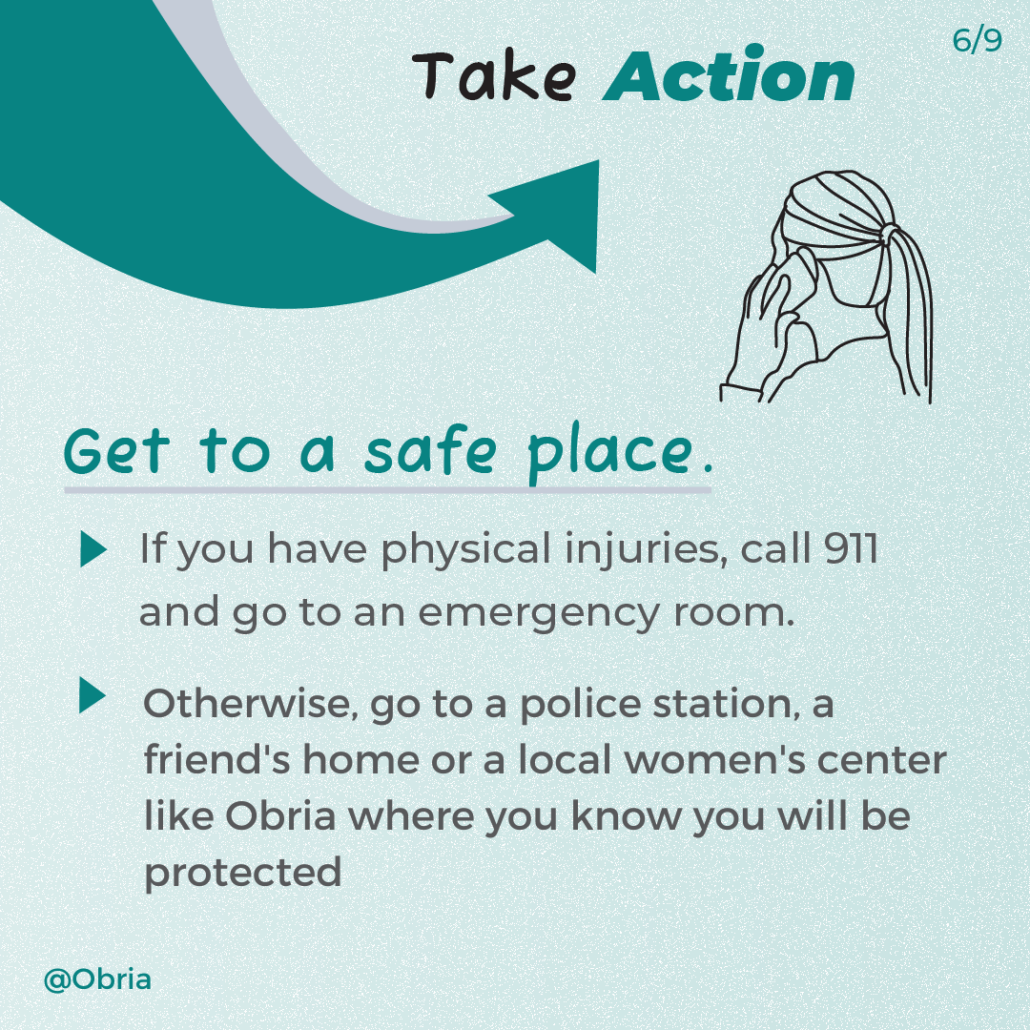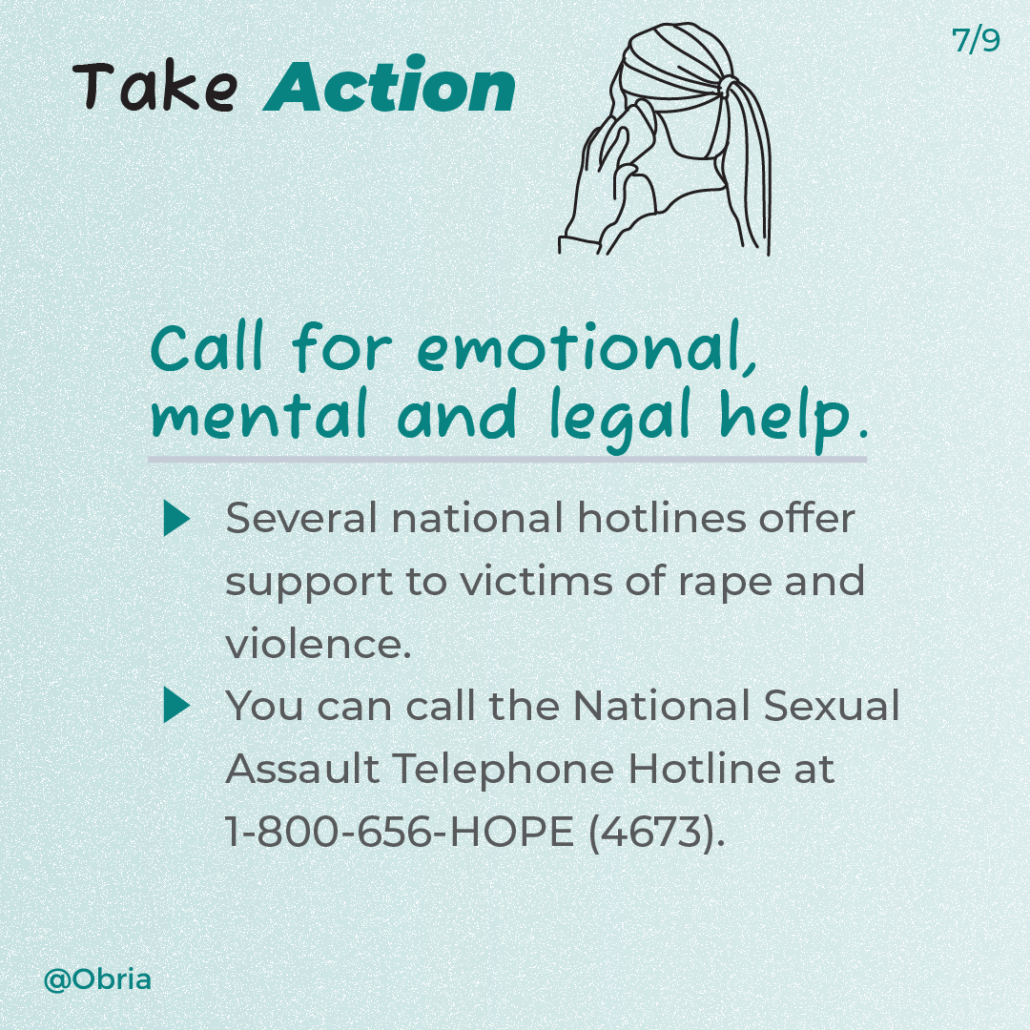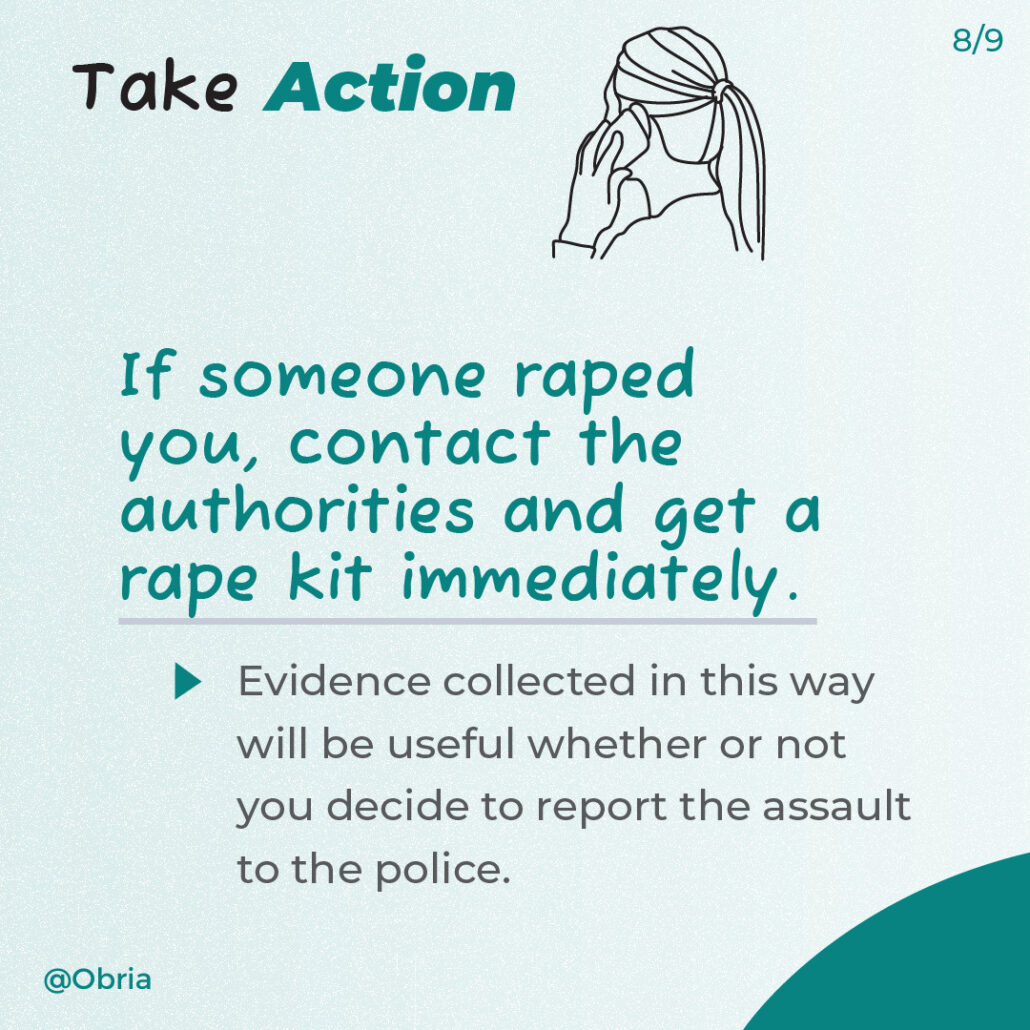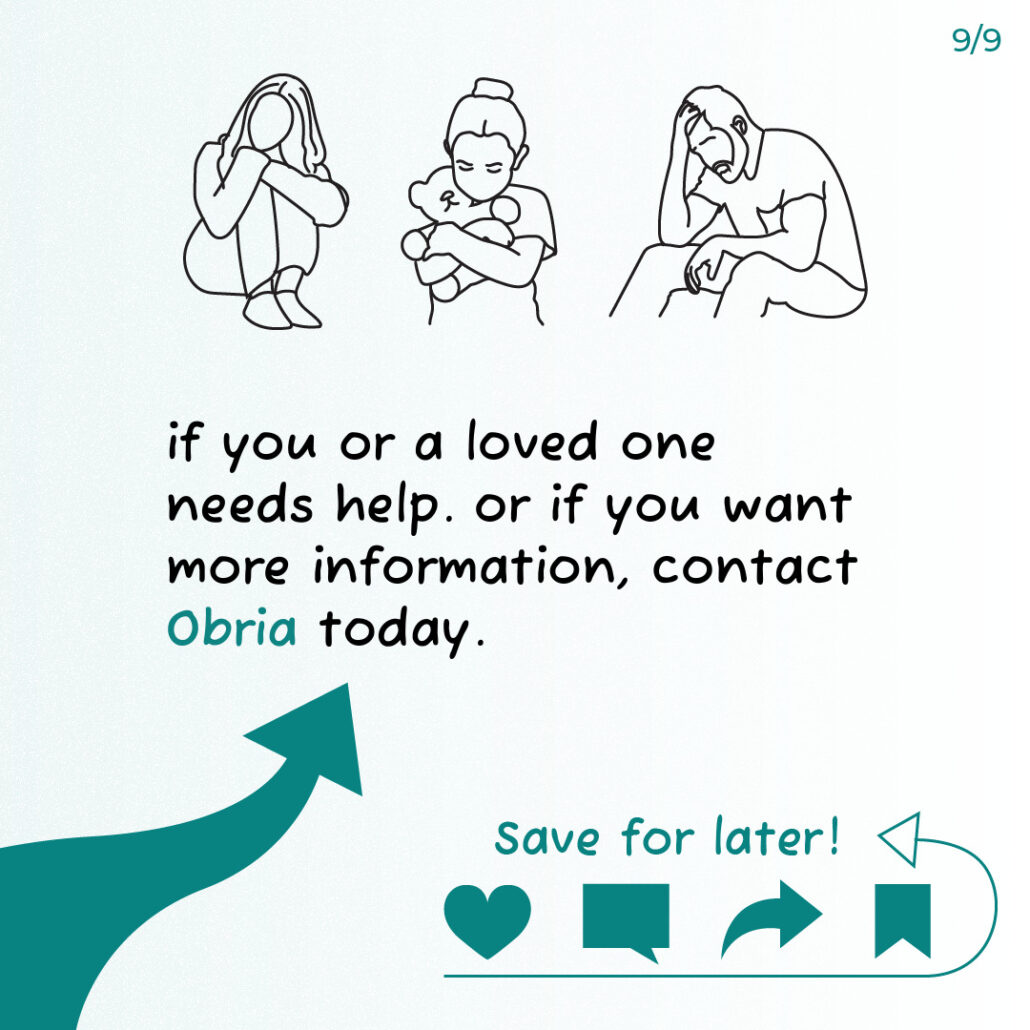TW // sexual assault
Many people fail to understand the trauma suffered by victims of rape and sexual assault. Sadly, sexual violence affects hundreds of thousands of people in our nation. This article provides sexual assault statistics, essential information, options and resources available to those who have experienced this unique type of trauma.
If you think you may have been a victim of rape or sexual assault, you are not alone. CDC research estimates that nearly one in five women and one in 38 men have experienced “attempted or completed” rape in their lifetime. 1 Sexual abuse statistics are sobering.
The RAINN (Rape, Abuse & Incest National Network) website says 433,648 Americans 12 or older experience sexual assault or rape each year. 2
If you are like many people dealing with this issue, you have a lot of questions.
Feeling confused or upset is common for victims who have experienced rape, sexual assault or violence. You might be feeling hurt, angry and fearful while struggling to figure out what to do next.
Remember that caring for yourself and getting the support you need is critical. Reach out to trusted friends and family members as well as to local resources like Obria.
Confidential Care
Obria can help with local resources
What is sexual assault? Although the legal definition of rape varies from state to state, the WomensLaw.org website defines rape as "forced sexual intercourse.” 3 Their definition of sexual assault is “unwanted sexual contact, often committed by force, including rape.” 4 They clarify that “Force doesn’t always have to be physical force where the perpetrator physically overpowers the victim; force could include psychological coercion.” 3 You might question whether or not you gave consent. 5 However, proper consent is explicit and leaves no room for ambiguity. It is also free of pressure, coercion and threats.
- If you said “no,” but they kept going, you did not consent.
- If you were asleep or unconscious, you were physically unable to consent. (This includes being drugged or otherwise incapacitated.)
- If you are a child, you are likely below the legal age of consent in your state. 6
Many rape and assault victims say they feel a sense of shame or guilt about the incident. However, what happened is not your fault. There is never an excuse for sexual violence or predatory behavior.
If you have been raped or assaulted, do not wait to act. It is crucial to reach out for mental, emotional and legal support right away.
Below is a list of actions you should take immediately following a traumatic experience like rape or sexual assault:
If you have physical injuries, call 911 and go to an emergency room.
Otherwise, go to a police station, a friend's home or a local women’s center like Obria where you know you will be protected.
Several national hotlines offer support to victims of rape and violence. 7
You can call the National Sexual Assault Telephone Hotline at 1-800-656-HOPE (4673). 8
Evidence collected in this way will be useful whether or not you decide to report the assault to the police.
Whatever you decide to do, talk to someone and get help as soon as possible. Your community will want to support you. You do not have to face this ordeal alone.
"Pregnancy centers and medical clinics play a pivotal role in supporting women during times of crisis,” said Anne O’Connor, a legal expert with the National Institute of Family and Life Advocates. 9
“The volunteers and medical personnel at these nonprofits are dedicated to helping women in need. Women should always have a safe haven when they aren't sure where else to turn. That is exactly what pregnancy centers provide in communities across the nation,” added O’Connor.
After you have addressed your immediate physical, mental and emotional needs, you should evaluate your legal options. Because every situation is different, it is vital to consult a legal expert for advice on your circumstances. While this article is not a substitute for legal counsel, here are some important choices to consider:
- Depending on where and how rape or sexual assault occurred, you may need to file a complaint.
- If the incident involved your coworker or boss, consider reporting the individual to the authorities in your company while seeking legal counsel. 10
- If the assault happened while you were at school, look into filing a complaint through your educational system in addition to consulting with a legal advisor. 11
- According to WomensLaw.org, you may also be able to file for a civil protection order to preserve your safety. 12
Choosing the best legal course of action after experiencing sexual violence is a personal decision. However, many victims find healing by speaking out about their experiences. Sexual assault, rape and violence are never acceptable behaviors. By choosing to hold the perpetrators of these crimes accountable, you will help protect others in the future.
Sources
(1) “Sexual Violence Is Preventable.” Centers for Disease Control and Prevention, Centers for Disease Control and Prevention, 19 Apr. 2021, https://www.cdc.gov/injury/features/sexual-violence/index.html.
(2) “Scope of the Problem: Statistics.” RAINN, Rape, Abuse & Incest National Network, https://www.rainn.org/statistics/scope-problem.
(3) “What Is Rape? How Common Is It?” WomensLaw.org, WomensLaw.org, 20 Aug. 2021, https://www.womenslaw.org/about-abuse/forms-abuse/sexual-abuse-and-exploitation/sexual-assault-rape/basic-info#node-27012.
(4) “What Is Sexual Assault? How Common Is It?” WomensLaw.org, WomensLaw.org, 20 Aug. 2021, https://www.womenslaw.org/about-abuse/forms-abuse/sexual-abuse-and-exploitation/sexual-assault-rape/basic-info#node-27011.
(5) Santos-Longhurst, Adrienne. “Guide to Consent.” Healthline, Healthline Media, 13 Feb. 2019, https://www.healthline.com/health/guide-to-consent.
(6) “Why Permission from a Child or Underage Teen Doesn't Count.” Stop It Now, STOP IT NOW!, https://www.stopitnow.org/ohc-content/why-permission-from-a-child-or-underage-teen-doesnt-count.
(7) “Who Can I Call for Help?” WomensLaw.org, WomensLaw.org, 19 Nov. 2021, https://www.womenslaw.org/about-abuse/forms-abuse/sexual-abuse-and-exploitation/sexual-assault-rape/steps-take-after-sexual-1.
(8) “About the National Sexual Assault Telephone Hotline.” RAINN, Rape, Abuse & Incest National Network, https://www.rainn.org/about-national-sexual-assault-telephone-hotline.
(9) “NIFLA: National Institute of Family and Life Advocates.” NIFLA.org, National Institute of Family and Life Advocates, 13 Nov. 2020, https://nifla.org/.
(10) Clements, Sachi. “How to Report Sexual Harassment.” Nolo.com, Nolo, 3 June 2021, https://www.nolo.com/legal-encyclopedia/fighting-sexual-harassment-29532.html.
(11) Howe, Bill. “Filing Complaints: Stop Sexual Assault in Schools.” Stop Sexual Assault in Schools | To Educate Students, Families, and Schools about Sexual Assault Prevention and the Right to an Equal Education Free of Sexual Harassment., Stop Sexual Assault in Schools, 13 Feb. 2022, https://stopsexualassaultinschools.org/filing-complaints/.
(12) “What Can I Do If I Have Been Sexually Assaulted Recently?” WomensLaw.org, WomensLaw.org, 20 Aug. 2021, https://www.womenslaw.org/about-abuse/forms-abuse/sexual-abuse-and-exploitation/sexual-assault-rape/steps-take-after-sexual.
Infographic Sources
i. “Sexual Violence Is Preventable.” Centers for Disease Control and Prevention, Centers for Disease Control and Prevention, 19 Apr. 2021, https://www.cdc.gov/injury/features/sexual-violence/index.html.
ii. United States Department of Health and Human Services, Administration for Children and Families, Administration on Children, Youth and Families, Children’s Bureau. Child Maltreatment Survey, 2012 (2013)
iii. Department of Justice, Office of Justice Programs, Bureau of Justice Statistics, National Crime Victimization Survey, 2010-2014 (2015)
Sources i and ii via “Scope of the Problem: Statistics.” RAINN, Rape, Abuse & Incest National Network, https://www.rainn.org/statistics/scope-problem.

